The Topps Pokémon cards were purely for entertainment, pleasure and collecting, but a new niche of collectible card games was also developing during this period (a Pokémon trading card game was produced simultaneously by Wizards of the Coast). Topps made its first foray into the world of games in July 2003 by acquiring the game company WizKids for $29.4 million in cash, thus acquiring ownership of the rights to the well-known gaming universes of BattleTech and Shadowrun. By inventing yet another niche, the constructible strategy game Pirates of the Spanish Main, this unit managed to reach profitability. Topps shut down Wizkids operation in November 2008 due to the economic downturn, terminating the brand while keeping their intellectual properties as the Topps company.
Berger hired a garbage boat to remove leftover boxes of 1952 baseball cards stored in their warehouse, and rode with them as a tugboat pulled them off the New Jersey shore. The cards were then dumped into the Atlantic Ocean. The cards included Mickey Mantle's first Topps card, the most valuable card of the modern era. No one at the time, of course, knew the collector's value the cards would one day attain. Currently, a pack of 1952 Topps baseball cards is worth at least $5,000.
In 1958, O-Pee-Chee Company of London, Canada entered into an agreement with Topps to produce NHL cards (the 1957-58 series) and Canadian football cards (the 1958 series). O-Pee-Chee then started printing its own hockey and football cards in 1961. Similarly, the Topps Company struck agreements with Amalgamated and British Confectionery in the United Kingdom and Scanlen's in Australia.
Topps grabbed national attention early in 2007 when the new card of Yankees' shortstop Derek Jeter was found to have been altered to include an image of Mickey Mantle standing in the dugout and President George W. Bush walking through the stands.
While "Traded" or "Update" sets were originally conceived to deal with players who changed teams, they became increasingly important for another reason. In order to fill out a 132-card set (the number of cards that fit on a single sheet of the uncut cardboard used in the production process), it would contain a number of rookie players who had just reached the major leagues and not previously appeared on a card. They also included a few single cards of players who previously appeared in the regular set on a multi-player "prospects" card; one notable example is the 1982 Topps Traded Cal Ripken, Jr.. Since a "rookie card" is typically the most valuable for any given player, the companies now competed to be the first to produce a card of players who might be future stars. Increasingly, they also included highly touted minor league players who had yet to play in the major leagues. For example, Topps obtained a license to produce cards featuring the U.S. Olympic baseball team and thus produced the first card of Mark McGwire prior to his promotion to the major league level, and one that would become quite valuable to collectors for a time. This card from the 1984 squad appeared in Topps's regular 1985 set, but by the next Olympic cycle the team's cards had been migrated to the "Traded" set. As a further step in this race, Topps resurrected its former competitor Bowman as a subsidiary brand in 1989, with Bowman sets similarly chosen to include a lot of young players with bright prospects.
Subscribe to:
Post Comments (Atom)
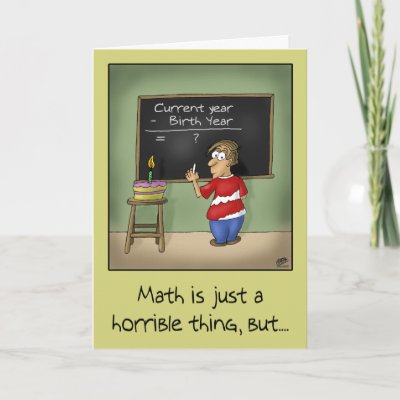

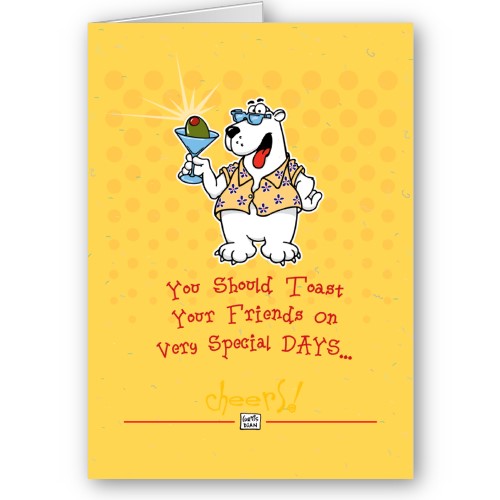
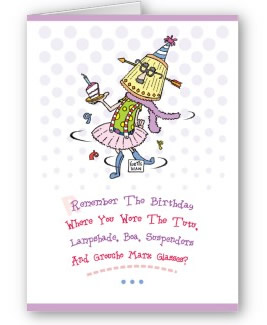


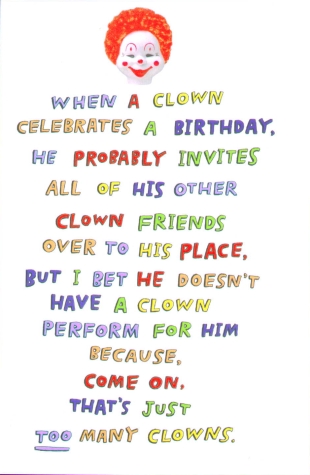


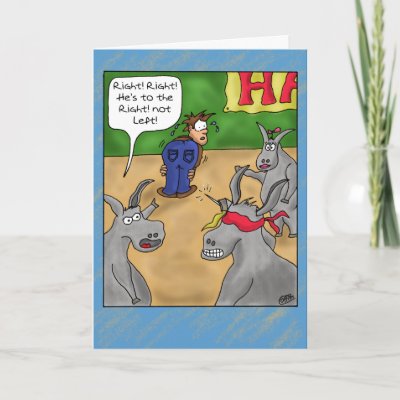


No comments:
Post a Comment